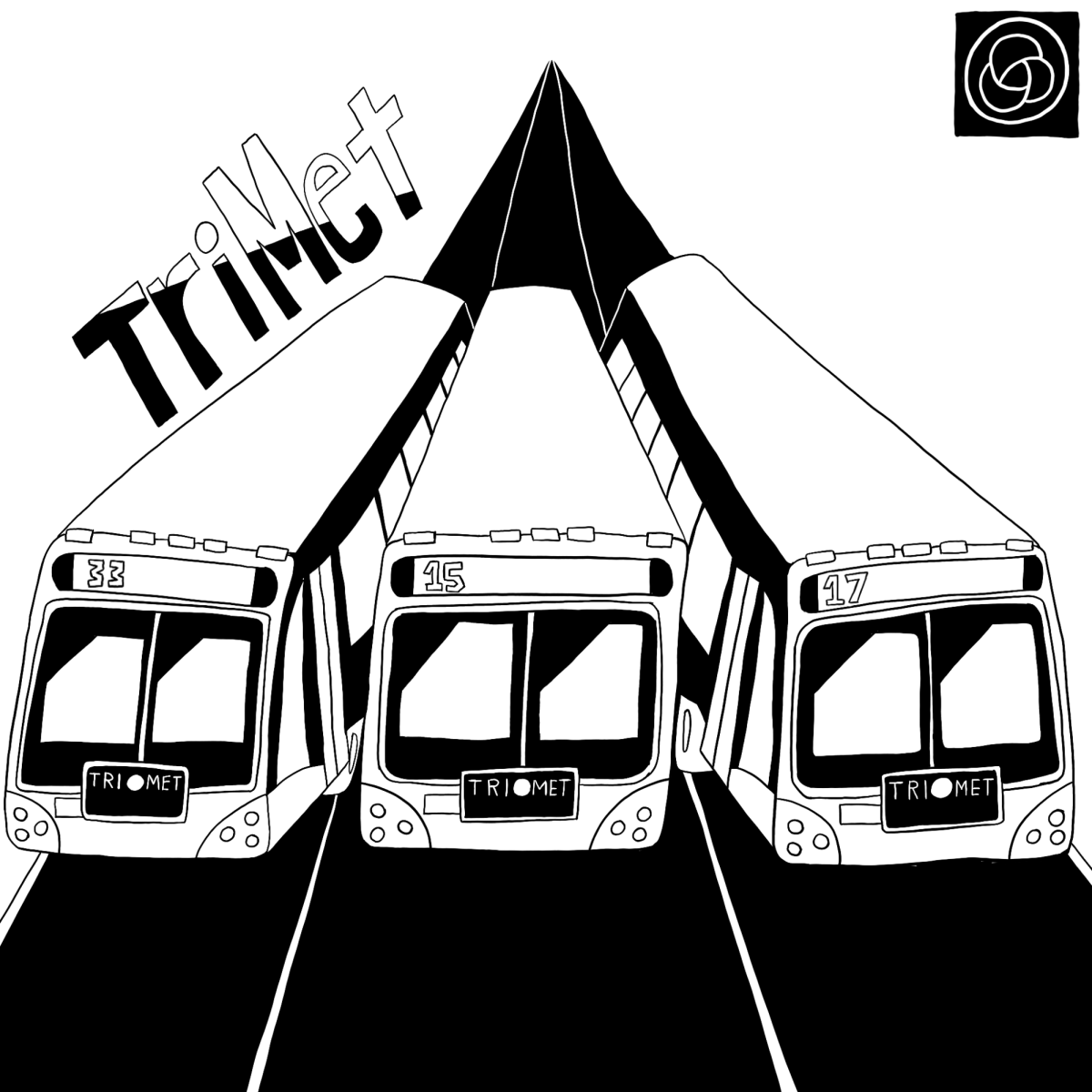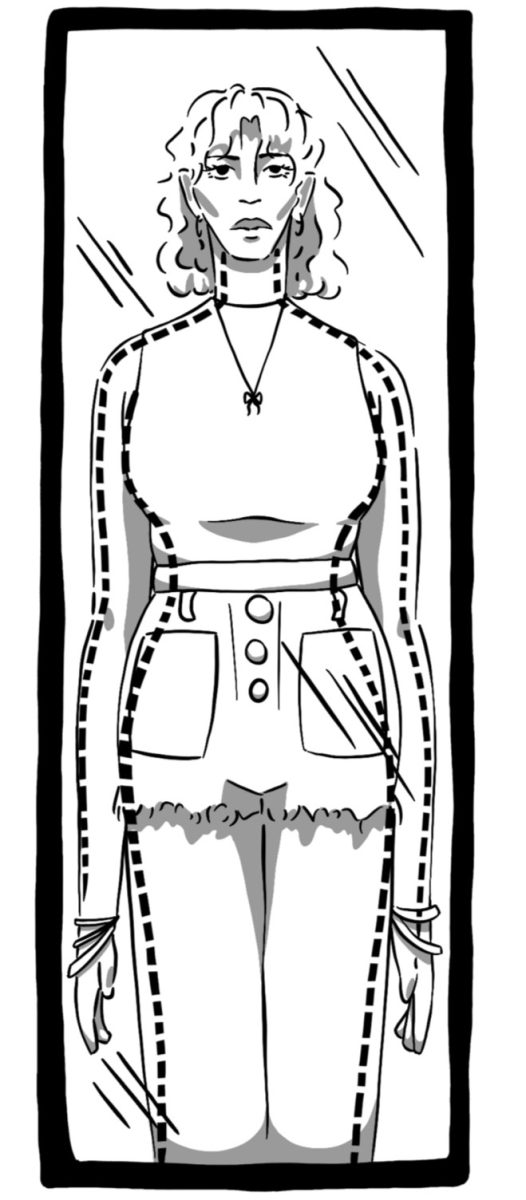TriMet, the Portland metro area’s transportation agency, has undergone several major changes in the past year which have quietly flown under the radar for most Portland residents. The MAX system is currently expanding and improving safety, while the bus system has been significantly improved by increases in service frequency and the addition of several new lines.
One of the most exciting developments is the TriMet FX-2 (Frequent Express) bus line, which is a significant addition to the bus system. The FX-2 line uses articulated (“bendy”) buses to increase capacity while also introducing a traffic control system that prioritizes bus traffic to reduce time stopped at intersections. The FX-2 line also makes use of dedicated lanes to avoid traffic on the roads. These features would allow the FX-2 line to be classified as “bus rapid transit” (meaning it has much higher capacity and reliability than a traditional bus system), the second of its kind in Oregon after the Emerald Express (EmX) in Eugene. The FX-2 line replaced the old two line, both of which run the same route. The majority of this route goes along SE Division St. before completing a short loop in the Portland City Center and returning to Division.
The FX-2 buses also have a capacity of 115 passengers and two bicycles, which is 60% more passengers than the standard TriMet bus. The increased frequency of this line makes public transit much more accessible in one of the most important transport corridors in the city. TriMet’s buses, especially the FX-2, are much more environmentally friendly since they can transport many more passengers compared to cars while also having less carbon emissions. The TriMet system is also much more accessible due to its affordability, with a TriMet month pass only costing $100 per month compared to more than $170 per month on gas if driving your car for commuting, according to the Motley Fool, a financial advice company.
However, the FX-2 isn’t the only recent development for TriMet. The “Better Red” project, which wraps up soon, expands reliability and route length for the MAX Red Line. TriMet is prioritizing the section of the Red Line that goes to the Portland International Airport by increasing the frequency of trains heading toward the airport and making it much more accessible. The parking system at PDX has long been a point of frustration for Portlanders, as Uber, Lyft or other ride-sharing services are expensive and parking fees at PDX are prohibitively expensive ($15-$25 per day) for more than a few days in the lot. Additionally, the Red Line will now follow the Blue Line further on the west side near Hillsboro, making commuting much easier.
Increasing TriMet’s accessibility and reliability is extremely important for low-income families who cannot afford cars and it’s important for industries to prioritize lower-emission methods of transportation. TriMet’s recent developments are a step in the right direction toward making Portland less car-centric.















